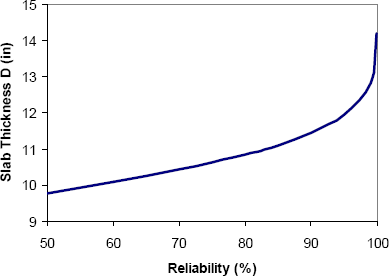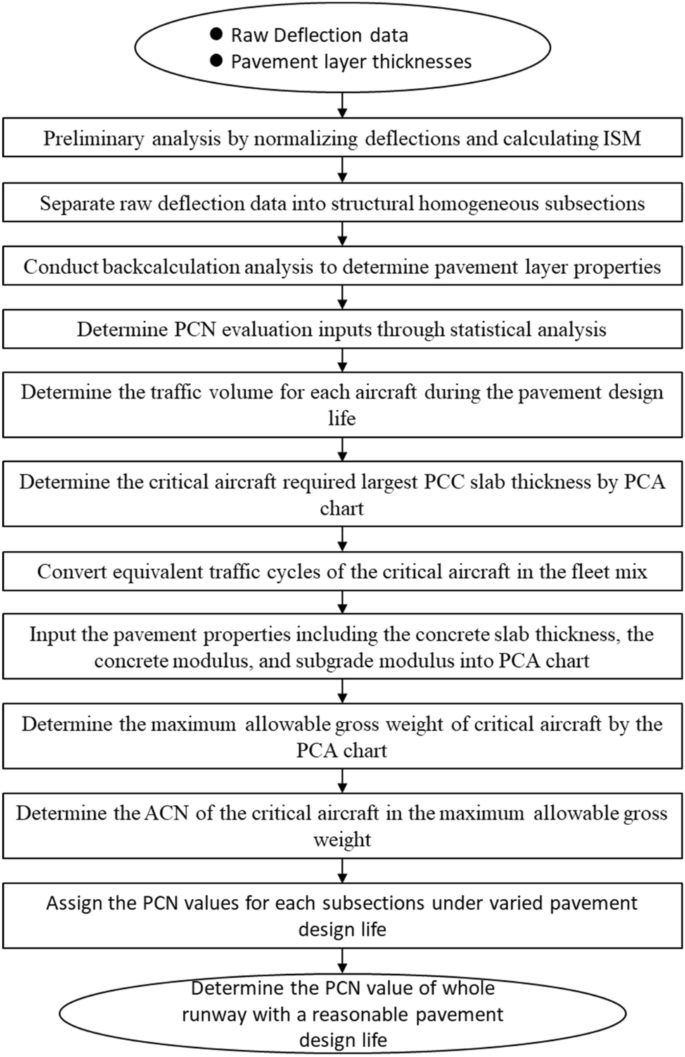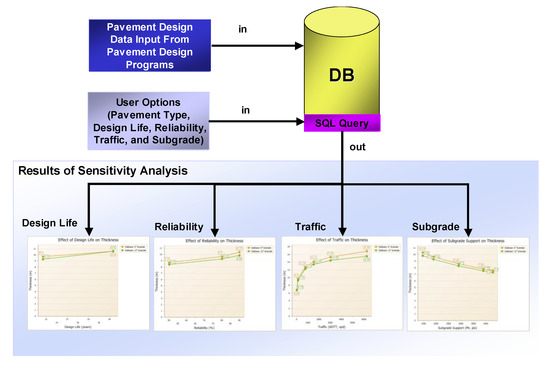
In Brazil, the average inflation pressure is 827 kPa ( Fernandes Júnior, Pais, & Pereira, 2007). The tire inflation pressure used on the AASHTO Road test was between 483 and 552 kPa. Moreover, through the advance of technology, tires have been developed with greater load-carrying and higher inflation pressure than those existing on that decade.

However, it is clear that the current traffic characteristics and type of vehicles differ significantly from those existing in the 1960s. This method is based on the design curves developed by United States Army Corps of Engineers (Usace) during the Second World War and the results of the AASHTO road test (1958-1962). In Brazil, flexible pavements are designed using the empirical method of the Brazilian National Department of Transport Infrastructure (Dnit). Nowadays, the methods used for pavement design still are empirical and based on experiments conducted in the 1960s. Therefore, many studies have been conducted in order to represent this data on mathematical and computational models in a more reliable and realistic way for pavement management. Traffic characterization is a very important data for the pavement design regarding its performance analysis over time. Keywords: MEPDG, AASHTO ware Pavement ME Design, traffic data, pavement design. To the one studied, because this would lead to under-designed structures. Recommended the use of default spectra for designing Brazilian highways similar

Pavement than the default spectra of the software. Show that the Brazilian axle load spectra studied damages more the national In São Paulo, and using the default load spectra of the software. Thus, computer simulations were performed usingīrazilian axle load spectra, based on data collected at the Imigrantes Highway Performance due to the use of the default axle load spectra that are available Therefore, this study aimed to verify the effect on national pavement However, characteristics of theīrazilian traffic are different from characteristics in the United States.
ARMY CORPS OF ENGINEERS FLEXIBLE PAVEMENT DESIGN SOFTWARE SOFTWARE
In both software versions, default values were developedįrom traffic data of the United States. Software was developed and later, its improved version, the AASHTO Ware On this method, the MEPDG (Mechanistic-Empirical Pavement Design Guide) Highway Research Program (NCHRP) proposed a mechanistic-empirical method. Variables that can influence an empirical analysis, the National Cooperative

Finally, recommendations are provided for further improvement in design of pavements in view of future developments.Currently, methods used for pavement design areĮmpirical and based on experiments conducted in the 1960s. Therefore, adopting the developed design procedure in Sudan might help in enhancing the performance and sustainability of roads.

The results proved that the new design is more realistic, reliable, and accurate design than the previous design. To verify the validity of the developed design chart, three existing roads in Khartoum were redesigned by the new design chart and compared with their previous designs. A software program using Visual Basic language of the Microsoft was created to facilitate the design process. Based on previous experiences, a design chart for a particular set of traffic loading and CBR values of subgrade soils and granular materials was developed. Thus, an attempt was made to establish a simplified design procedure to accommodate the ever increasing traffic loads, available pavement materials and significant change in climate conditions in Sudan. In fact, these design methods were not designed to cater for the current needs and conditions of Sudan. The literature of the conventional design methods commonly experienced in Sudan was intensively reviewed. This paper is aimed to develop a structural design procedure for flexible pavements in order to simplify the design process by using a software program and provide a uniform structural design result. The inconsistencies and variations in design of pavements arising from using different methods has become a critical issue in Sudan.


 0 kommentar(er)
0 kommentar(er)
